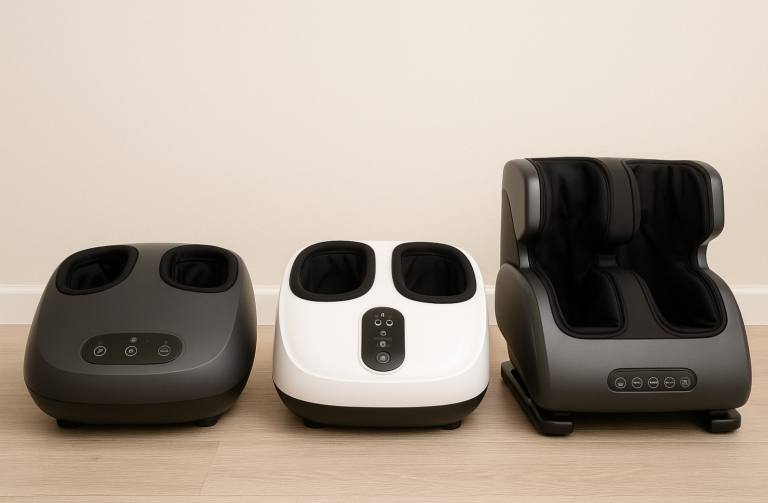
Introduction to Home Nail Care
In today’s fast-paced world, taking care of your nails at home is not just a convenience—it’s a necessity. With the right tools, you can achieve salon-quality results without stepping outside your door. This guide explores the essential tools you’ll need for a comprehensive, hygienic, and satisfying at-home nail care routine.

Why Nail Care at Home Is Essential
Maintaining your nails at home isn’t just about aesthetics. It’s about health, savings, and control.
Cost-Effective in the Long Run
Think about it—monthly salon visits can quickly add up. Investing once in high-quality nail tools can save you hundreds of dollars annually. You’re essentially creating a mini spa at home.
Healthier Nail Practices
Salons can sometimes overlook hygiene or rush procedures. When you’re in control, you can sanitize tools properly, take your time, and avoid infections or over-cutting.
Must-Have Tools for Nail Grooming
These are your foundation pieces—the basics you’ll reach for every week.
Nail Clippers and Scissors
Choose clippers made of stainless steel for durability. Scissors offer better control for trimming hangnails or shaping the sides.
Nail Files and Emery Boards
A must-have for shaping. Emery boards are great for daily use, while glass files offer a gentler, more precise touch.
Buffers and Polishing Blocks
If you want a natural shine or prep your nails for polish, these are non-negotiable. Buffers smooth the nail surface and eliminate ridges.
Cuticle Care Essentials
Cuticles are the frame of your nails. Neglecting them makes even the best manicure look messy.
Cuticle Pushers
Use a steel or orange stick cuticle pusher to gently push back skin. Always do this after a warm soak.
Cuticle Nippers
Ideal for trimming hangnails or overgrown cuticle skin. Never cut healthy cuticles—they’re protective barriers.
Cuticle Remover Gels
These soften dead skin, making it easy to push back cuticles without tearing them.
Tools for Nail Shaping and Smoothing
Shaping gives your nails character. But using the right tools makes all the difference.
Glass Files vs Metal Files
Glass files are gentler and prevent splitting. Metal files work faster but can be harsh on weak nails.
Electric Nail Drills
For advanced users, electric files are game changers. They speed up filing, smoothing, and shaping, especially for acrylics or gels.
Cleaning and Hygiene Tools
Hygiene is half the battle in nail care.
Nail Brushes
Perfect for scrubbing under nails and cleaning before polish application. They prevent dirt buildup.
Antiseptic Sprays and Wipes
Always disinfect tools before and after use. It’s like washing your hands—non-negotiable.
Tools for Polish Application
These tools elevate your basic mani-pedi into a professional-looking finish.
Base Coats and Top Coats
Never skip these. Base coats protect, and top coats seal and add shine.
Nail Art Brushes and Dotting Tools
If you’re creative, these allow you to add personal flair. Think stripes, polka dots, gradients.
UV/LED Lamps for Gel Nails
If you’re diving into gel nails, a reliable UV or LED lamp is essential. It ensures the polish sets correctly and lasts longer.
Storage and Organization
Your tools deserve a clean, organized home.
Nail Tool Storage Boxes
Opt for compartmentalized boxes to avoid rust and damage. Store tools in a dry place.
Travel-Friendly Nail Kits
For on-the-go grooming, a compact kit with the essentials—clippers, file, cuticle pusher—is gold.
How to Choose Quality Nail Tools
The difference between mediocre and excellent tools often lies in the details.
Material Matters: Stainless Steel vs Plastic
Stainless steel tools are long-lasting and easier to sterilize. Plastic tools are lighter but less durable.
Ergonomic Designs and Durability
Look for non-slip grips and curved designs for ease of use, especially if you do your nails often.
Mistakes to Avoid When Using Nail Tools
Even with the best tools, incorrect use can backfire.
Using Rusty or Dull Tools
This not only affects performance but can cause injury. Replace or sharpen as needed.
Over-cutting Cuticles
It might feel neat, but cutting too much weakens your nail’s defense against bacteria.
Maintenance of Nail Tools
Preserve your investment with proper care.
Cleaning After Every Use
Use alcohol or antibacterial soap and dry thoroughly to avoid rust.
When to Replace Tools
Replace nail files every few months and metal tools when they show wear or corrosion.
Final Thoughts on Nail Care at Home
A solid home nail care routine starts with the right tools. Investing in quality instruments, maintaining hygiene, and learning correct usage will not only improve your nail health but also boost your confidence. With time, what starts as self-care becomes a satisfying ritual.
FAQs
1. What’s the most essential tool for beginner nail care at home?
Start with a good nail clipper, a nail file, and a cuticle pusher. These cover the basics.
2. How often should I clean my nail tools?
Ideally after every use. Use alcohol or an antibacterial solution to disinfect them.
3. Is it safe to use electric nail drills at home?
Yes, but only if you’re experienced or have done your research. They require skill to avoid damaging the nail bed.
4. Can I share nail tools with family members?
It’s not recommended unless tools are properly sanitized after every use to prevent cross-contamination.
5. What should I avoid in cheap nail tool kits?
Watch out for flimsy plastic components, dull blades, and poorly constructed metal tools. They wear out fast and may be unsafe.






